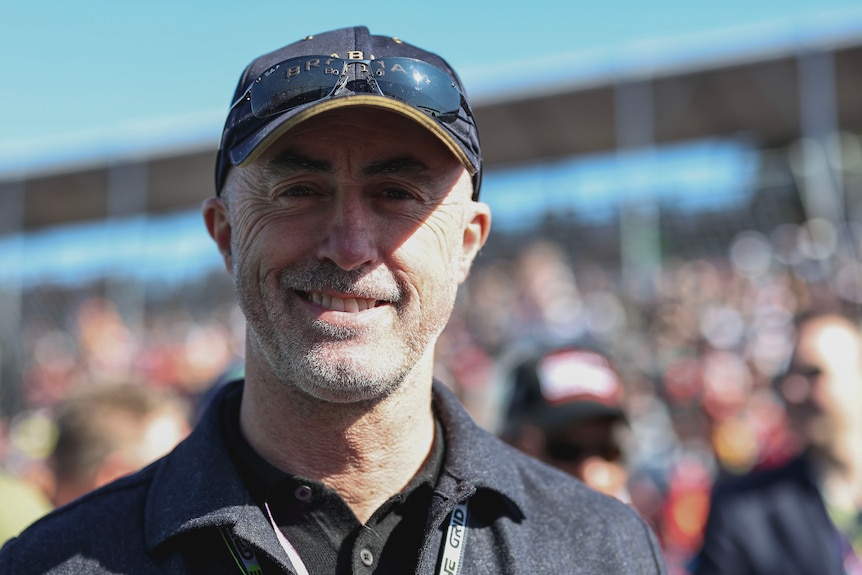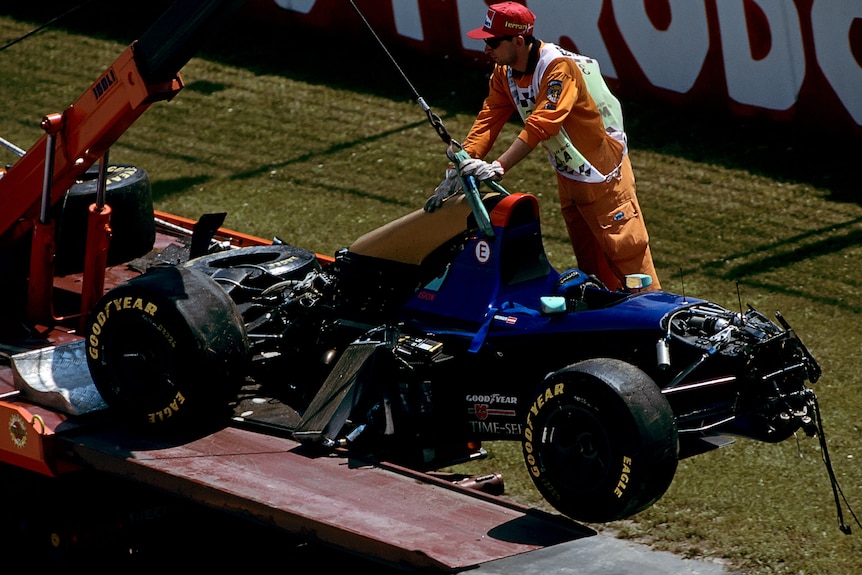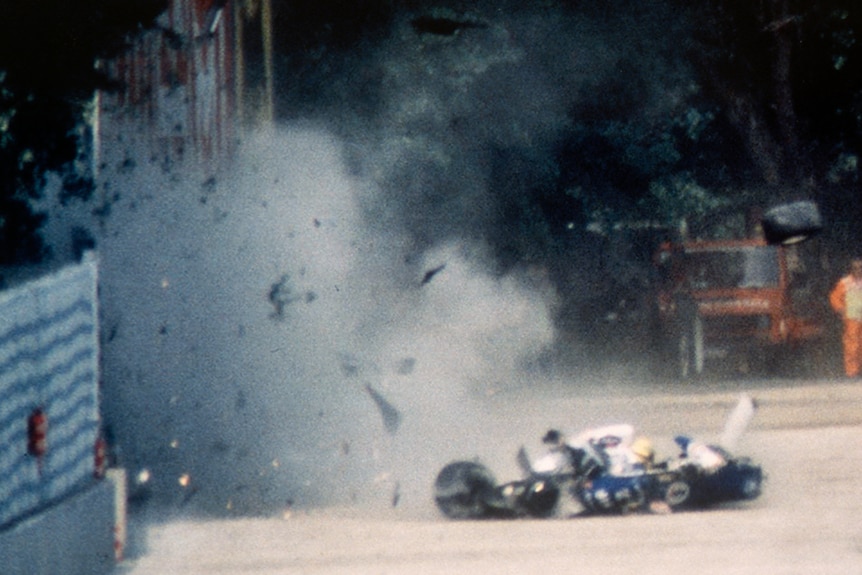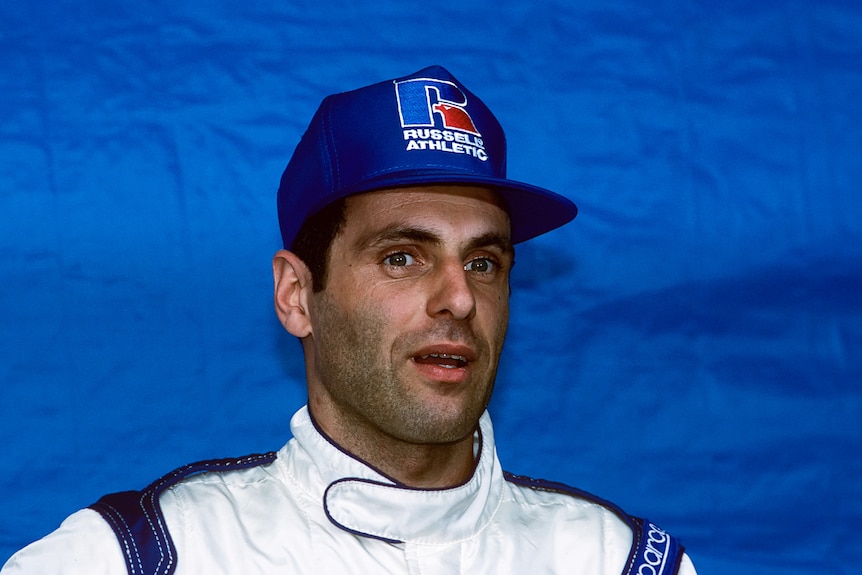Table of Contents
Formula 1 is a sport full of glitz and glamour.
Some of the most recognized brands in the world travel to some of the most important cities on the planet to see who has the fastest car.
But despite the celebrity status the sport enjoys, every race weekend contains a fatal risk that the sport has had to confront.
“I would say I knew as soon as I drove around the car and saw it, I had a feeling it was gone.”
In 1994, Australian F1 driver David Brabham drove his car in qualifying for the San Marino Grand Prix.
He passed the wrecked car of his teammate Roland Ratzenberger, who had just left the track and crashed into the barriers at high speed.
“If you see a dead body it’s a very different experience,” he told ABC Sport.
“When I got back to the pits I remember my wife Lisa asking me, ‘What do you think?’ and I said ‘I think she’s gone.’ That was the only thought I could have.”
Roland Ratzenberger was an Austrian driver who had dedicated his life to motor racing.
His death was a tragedy that was ultimately overshadowed by the death of Ayrton Senna, who would suffer the same fate just 24 hours later during the grand prix.
But his teammate Brabham remembers a man with a passion for racing, a genuine personality and someone who inadvertently fueled a driver safety effort that has had immensely positive consequences.
Ratzenberger makes way with Brabham at Simtek
Ratzenberger’s long road to F1 finally culminated when he landed a five-race contract with Simtek in 1994.
The 33-year-old finally got his chance after years of perseverance, teaming up with Brabham, the son of three-time world champion Jack.
“I knew Roland a lot before working with him at Simtek and that’s because he was a pretty successful driver in a lot of different disciplines,” Brabham said.
“He always showed himself to be someone very versatile: driving touring cars, sports cars, competing in Japan. Obviously it was fantastic to see that he had the opportunity, at a relatively late age, to achieve his dream, which was Formula 1.”

At Simtek, the last place finisher, Ratzenberger failed to qualify for the opening race in Brazil, but he did qualify and complete the Pacific Grand Prix, held in Japan.
“You could see it in his face. He was very, very excited to be in Formula 1. He had worked very hard in the background and never gave up hope of being in Formula 1. I think that was the great thing, he never gave up. that dream.”
Ratzenberger’s accident shocks the F1 world
The weekend started ominously, with Brazilian driver Rubens Barrichello suffering a high-speed accident during practice on Friday, which sent him to hospital.
The first of the two fatal accidents that weekend would occur on Saturday during qualifying.
Ratzenberger’s front wing gave way while traveling at high speed, suspected of having been damaged during a previous lap.

The spoiler was lodged under the car lifting the front wheels, taking away Ratzenberger’s ability to turn and most of his braking ability.
The Austrian was left helpless when his car crashed into a concrete wall at a speed of around 300 kilometers per hour.
“Once we found out what happened to Roland, obviously everyone in the pit lane, not just us, was in shock, and everyone was when the news broke,” Brabham said.
“It was something we didn’t hear that often, certainly not compared to my father’s time. Formula 1 had been pretty safe for a while up to that point.”
Ratzenberger’s death was the first during a grand prix weekend in more than a decade.
Almost a generation of F1 fans had not faced such a tragedy, and it weighed heavily on the paddock.
“I guess I had the responsibility to make the decision of what we would do,” Brabham said, speaking about whether Simtek would race on Sunday.
“You don’t know what the hell is going on… your mind is in places you’ve never been before and it was very difficult to know how to deal with the situation because everything was so new.”
The team made the decision to race the next day, something Brabham said the team felt Roland would have wanted.

The race began with a heavy crash, which was later followed by Senna’s fall, resulting in his death.
“Each of these impacts, from Reuben’s, through Roland’s to the exit and then to Ayrton’s, were violent accidents.
“It was like four violent accidents, all happening very close to each other, which I think was difficult for people to understand.
“It took time. Because it was a new experience, it was difficult to know how to process it properly. I think it didn’t just affect me, I think it affected everyone on the grid. It affected a lot of junior drivers.”
“I think it took a little while for people to feel 100 percent comfortable again running at full speed. I know it affected me for several races afterwards, because your mind is not in the place it was before and you are trying to take it back to that place.”
Driver safety becomes Roland’s lasting legacy
Thirty years on from one of F1’s darkest hours, the sport looks very different.
Driver safety is more than ever a focus for organizers.
The safety features of a Formula 1 car are better than ever: the protective halo over the driver’s cockpit is the most recognizable.
The sport has not been without tragedies since 1994, with Jules Bianchi and Anthoine Hubert involved in fatal accidents during F1 weekends.
However, Brabham says the safety improvements made since the deaths of Ratzenberger and Senna potentially saved many lives.
“That was the beginning of a change that we are still experiencing today because it really motivated a lot of people to improve the safety of cars,” he said.
“Obviously losing Ayrton and Roland was pretty horrible, the positive thing about that is that we’ve probably saved a lot more drivers because of the change in safety awareness that happened after that weekend.”
Safety improvements in all aspects of F1 have been credited with protecting drivers in recent seasons, with Lewis Hamilton and Romain Grosjean escaping serious injuries in major incidents.
It’s these moments, when drivers are able to escape dangerous incidents, that Brabham believes are Ratzenberger’s lasting legacy.
“There’s always a silver lining, somewhere in a dark cloud, and the silver lining in all of that was the security change that occurred,” he said.
“When people talk about that weekend, they talk a lot about Ayrton, but of course deep down they know that someone else died, so they talk about Roland too.
“So Roland’s legacy is in Ayrton’s wake, so it will never go away, so I see that as a positive thing.”
Sports content to make you think… or allow you not to. A newsletter delivered every Saturday.

